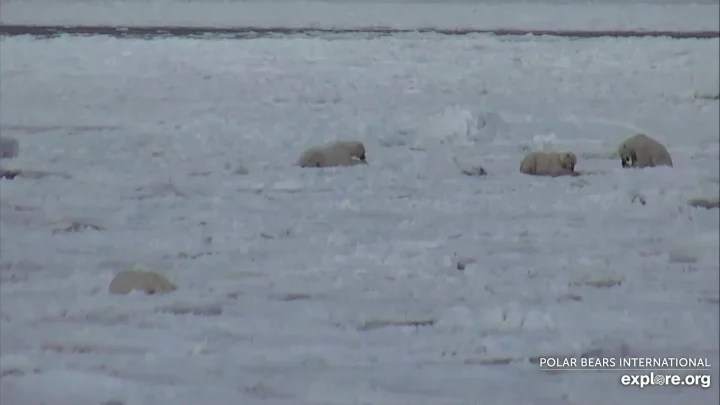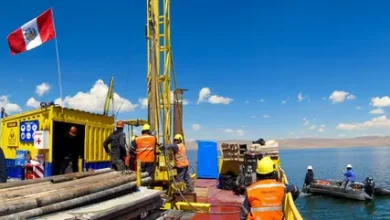Feeding time for Russian polar bears as shorefast ice returns to Laptev Sea, ice-generator of the Arctic • Watts Up With That?

Fall is the second-most important feeding season for polar bears after spring but it comes at different times for different subpopulations. Sea ice formation along shorelines attracts fish and seals and that means polar bears which spent the summer onshore will soon eat again after their summer fast. As usual, the earliest ice formation this year is along the coast of the Laptev Sea, which is one of the primary ‘ice-generators’ of Arctic sea ice. Western and Southern Hudson Bay bears will have longer to wait but the ice will eventually come to them too.

WH photo
Sea ice conditions
Below, close-up of ice formation along the Laptev Sea in Russia (upper left in the chart) at 5 October 2023. This shorefast ice formation in fall provides a predictable but short-lived source of prey for polar bears as they strive to regain some of the weight lost over the summer.
The average summer (September) sea ice extent for 2023 was 4.4 mkm2, again nowhere close to “ice-free” conditions and which makes 17 years of a near-zero trend since 2007. Graph below from NSIDC.
Laptev Sea ice formation
Once this ice formation begins in the fall, it continues throughout the winter and spring.
Polar bear fall feeding on shorefast ice
As I mentioned in a 2020 post:
.…it seems the cooling process necessary for sea ice formation along the shore of Arctic regions initially creates an underwater current that brings nutrients from deeper, saltier water up to the surface (‘upwelling’). The process of early ice formation also involves vertical movement of ice crystals in the water column, enhancing this upwelling (Buckley et al. 1979). This transient fall coastal upwelling brings nutrients near the surface for single-cell organisms that are food for fish (Stirling 1997; Tremblay et al. 2012).
As fish congregate briefly to feed near the surface close to shore, ringed seals of all ages congregate as well – all along the edges and underneath the ice that begins to form. When this new fast ice becomes thick enough for a polar bear to stand upon (about 30 cm thick) – either through continued ice formation or because the ice has been buckled and deformed by winds and tides into thickened ridges – some seals may haul out to rest or come to the surface to breath and become prey for hungry bears.
This inevitable process takes place every fall and it’s why polar bears know they can hunt successfully out on the new fast ice after months without food over the summer – and it’s almost certainly why the bears head out on the ice as soon as it’s physically possible for them to do so.







